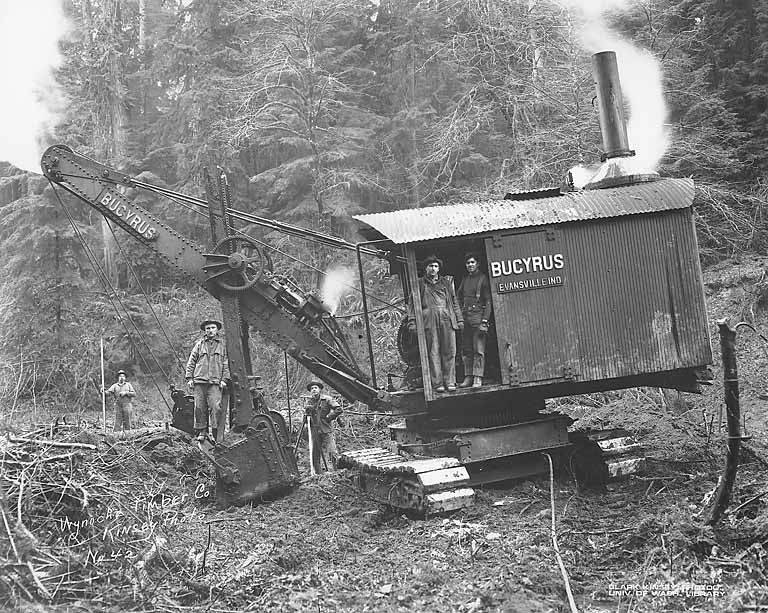Steam shovels are the earliest type of power shovel and were designed for lifting and moving large amounts of rock and soil. Steam shovels played a major role building roads and railroads in America during the 19th and early 20th century. Steam shovel crews included an operating engineer to manipulate the controls and a fireman to stoke the furnace and maintain the necessary steam pre

ssure to power the tracks that move the machine and the cable spools that lift the boom and move the bucket.
The steam shovel was a workhorse on the construction of Route 66, which began at Chicago’s lakefront, bisected Illinois diagonally to St. Louis, Missouri, and continued through Oklahoma, Texa
s, New Mexico, and Arizona, and ended in California on the coast of the Pacific Ocean.
While steam shovels would eventually be replaced by diesel-powered shovels in the 1930s, the 1925 Erie “Type B” Steam Shovel that IUOE Local 150 has on display on the site of the old Route 66 (now known as Joliet Road) was the most prominent small excavator of its day. It was essential to the construction of U.S. Route 66, and it was run by Operating Engineers from Locals 569 and 42, which later combined to form IUOE Local 150.
 The steam shovel featured in this display was found in a field in Vermont in a state of advanced decay, and was meticulously restored from head to toe at Local 150’s William E. Dugan Training Center in Wilmington, Illinois.
The steam shovel featured in this display was found in a field in Vermont in a state of advanced decay, and was meticulously restored from head to toe at Local 150’s William E. Dugan Training Center in Wilmington, Illinois.
Nowhere in the world can you find a more pristine example of this Erie “Type B” Steam Shovel. It has a fully functioning boiler and still runs on steam power. The whistle still works too, and every now and then, we give her a go for old times’ sake!

